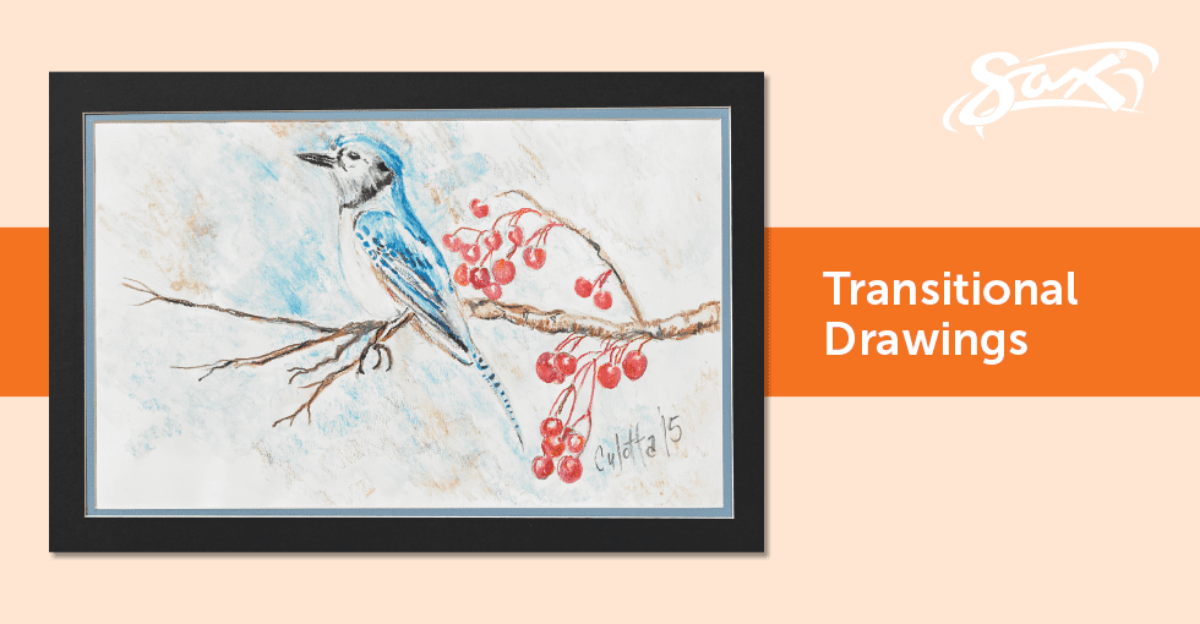Watercolor is a wonderful way to depict the beauty of nature. In fact, it was the medium of choice of one of the world’s most celebrated artist-naturalists, John James Audubon.
Born in Haiti (then known as Sainte-Domingue) in 1785, Audubon was interested in nature and wildlife from his very early years. He studied nature in his native Haiti as a young child, in France as a boy, and in America, where his father sent him to avoid conscription in the Napoleonic Wars. Officially working on his family’s lead mine in Pennsylvania, Audubon spent as much time studying the birds of the area as he could, even opening his own nature museum. His skill as an artist was so great that paid portraiture and other commissions actually saw his family through several dark times, including a bout in debtor’s prison.
After the unfortunate destruction of his first 200 paintings (rats ate them while he was away!), Audubon decided to recreate his collection, with even greater detail, beginning his famed Birds of America, which eventually included more than 470 highly-detailed watercolor illustrations.
In addition to communicating the elements of nature, watercolor is also a great way to transition student artists from drawing to painting. Using water-soluble wax pastels, your students can dry sketch an Audobun-esque scene from nature, creating outlines, shading, and backgrounds, and then use a wet paintbrush to blend their colors and shades.
Download a complete lesson plan for this project, which combines botany, biology, and art, including images, step-by-step directions, and a materials list, today!
For Grades 5-12.






Leave a Reply